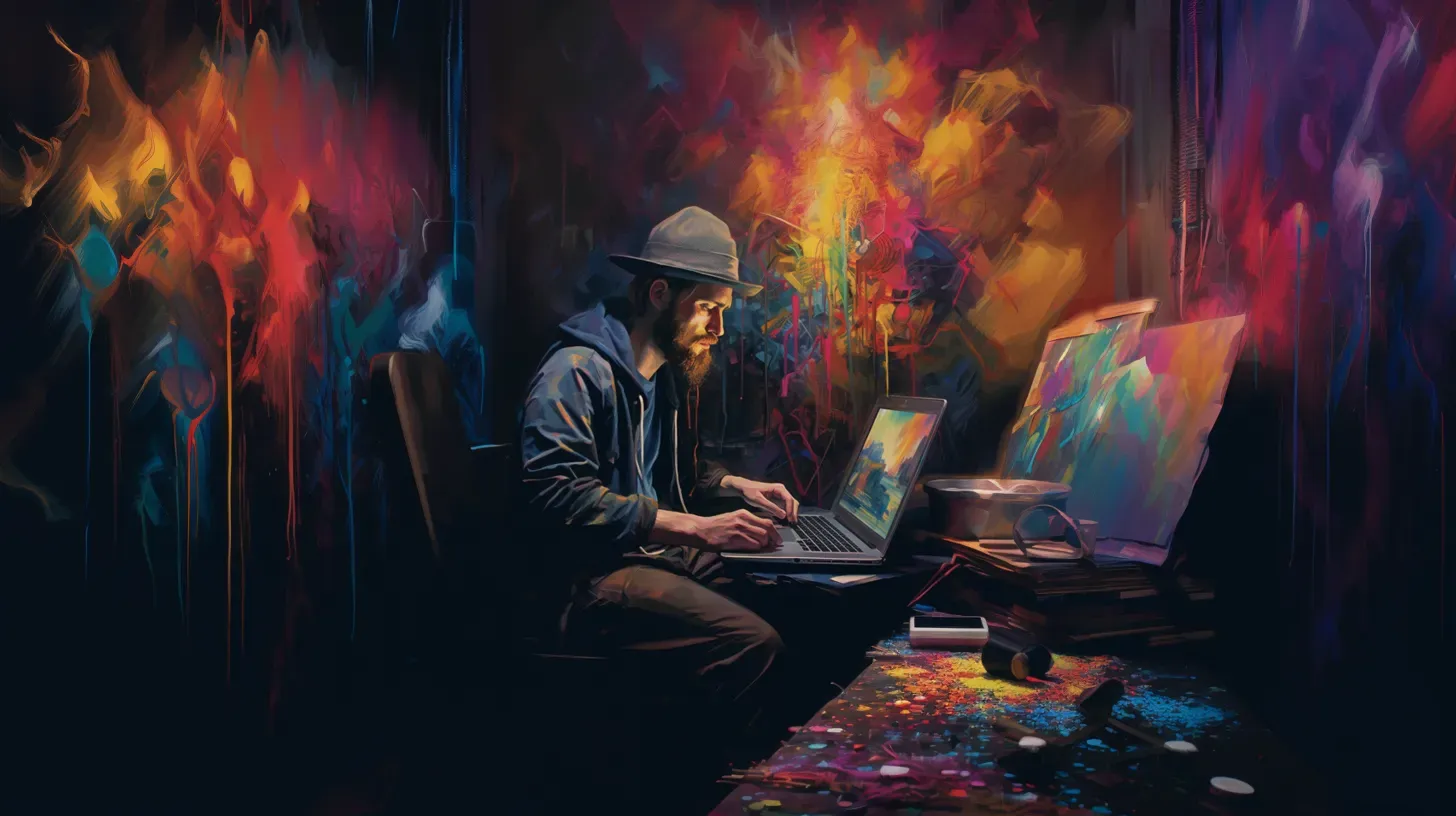Building software products is a creative process, much like painting, writing, or any other art form. This became clear when I recorded an extremely short screencast demonstrating a product our team has worked on. Appreciating the human endeavor required to make great products can nurture innovation across all fields.
My Experience with a Product Demo
I made a quick one-minute screencast showing myself using the app to complete a simple task, pretending to be an average user. Going through about 20 steps, I showcased in a minute what our team of a few dozen people has spent almost several years building.
This made me wonder how little time it takes to demonstrate complex software that takes years to develop. In just 60 seconds, I could condense the culmination of years of effort into an intuitive walkthrough for potential users. The complexity of the engineering and design work disappeared into a straightforward user experience.
It amazes me how radically compressed and obscured the entire creative process was in that short video. I could hardly communicate the blood, sweat, and tears, the late nights wrestling with problems, the endless meetings, the brilliance and passion of my teammates. The hundreds of iterations, pivots, crises, and small wins on the journey from idea to product were flattened into a linear progression of simple clicks and taps.
Parallels with Other Creative Arts
The gap between the final product and the creation process reminds me of books and paintings. Take writing a book, for example. Writing a decent first draft of 30,000 to 50,000 words takes about a year. With editing and revisions, an author may spend 18 months polishing a manuscript before publication. Yet a reader can zip through the final book in an hour or two.
The same dynamic applies to visual arts like painting. An artist might spend two years meticulously crafting a painting. He experiments with concepts, sketches compositions, and layers colors over months and years. But the patron who purchases the painting may hang it in a vacation home, essentially obtaining years of the artist’s work just to decorate the living room wall.
Again, the surface simplicity erases the extraordinarily complex and lengthy creative process beneath. As with software and books, a viewer absorbs a painting instantly, unaware of the creator’s journey. The artist’s deep intent and exertion remain invisible.
The Creative Process
What amazes me most is the creative process that births something from nothing. Software developers face an empty canvas and make something valuable and intuitive through sheer imagination. The product starts as a vague idea, then slowly takes shape through many iterations and dead ends.
This foundational act of imagining something entirely new is often overlooked. Engineers are seen as serious technical workers, executing with precision. But in reality, they share any painter or author’s creative identity and passion. There is an artist within every coder, analyst or QA engineer, let alone a designer.
The level of creativity required in software is immense because you’re not just conceiving a static work but a living, breathing organism. It needs to behave reliably in the real world across different contexts. And unlike a painting, it constantly evolves and interacts with users. The complexity of this creative/engineering fusion cannot be overstated.
Simplicity and Familiarity for Users
The tremendous complexity behind software development is invisible to end users. Products seem clean, simple, and intuitive on the surface. But those qualities obscure the years of human-centered design, problem-solving, and engineering talent invested in making the product easy and familiar.
Every user-friendly interface and smoothly executing feature conceal a mountain of invisible effort. Good design dissolves complexity, while lousy design burdens users with it, and I’m talking more than just the visual part of it. But design itself requires deep creativity blended with technical skill. To users, it feels like magic created just for them. The interface eclipses the underlying art, science, and labor.
Power of Storytelling
When I recorded the demo, the product likely didn’t seem remarkable. But telling the origin story correctly gives the product soul and makes people care. Steve Jobs understood this well. The iPod and iPhone were not quantum leaps beyond other MP3 players and smartphones. But Apple masterfully told stories that made us believe in their importance.
The power of narrative transforms a software tool into an object of meaning. Every product has a genesis story waiting to be told — the insights, passion, and struggle behind it. By illuminating the humanity and creativity within, we generate affinity. Storytelling speaks to our universal desire for connection and purpose.
Fulfillment in Creation vs. Consumption
For any art form, creators find fulfillment when their work resonates with others. A painter feels successful when someone buys their work to display. When readers find value in an author’s book, it validates the hours spent writing. As an engineer, I feel fulfilled when people use and appreciate the products I help build.
Creating is an act of hope — building something new to positively impact others’ lives. While creation is rewarding, an artist’s or engineer’s ultimate goal is for their work to enrich someone else’s world. When users recognize the human creativity behind their tools, they engage more meaningfully rather than simply consuming. Our efforts come full circle when people receive value from what we create.
Like any art, software development deserves recognition as an extraordinarily creative act. Simple, valuable products don’t materialize from nothing. Real people pour their lives into imagining, designing, and engineering the technology we depend on. We must appreciate the brilliant individuals who enrich our world through code and pixels. Their creativity hides behind every screen and should be brought to light through storytelling.
Originally published on Medium.com
